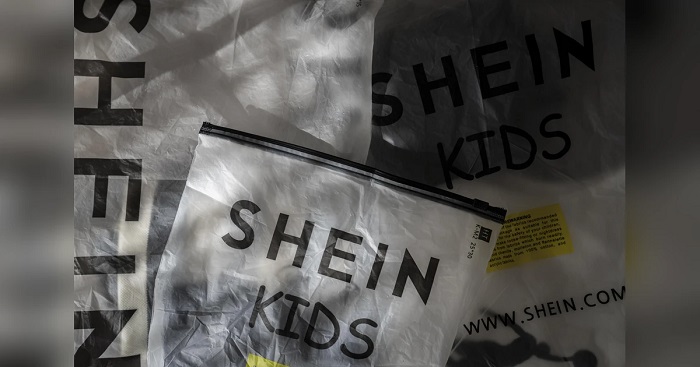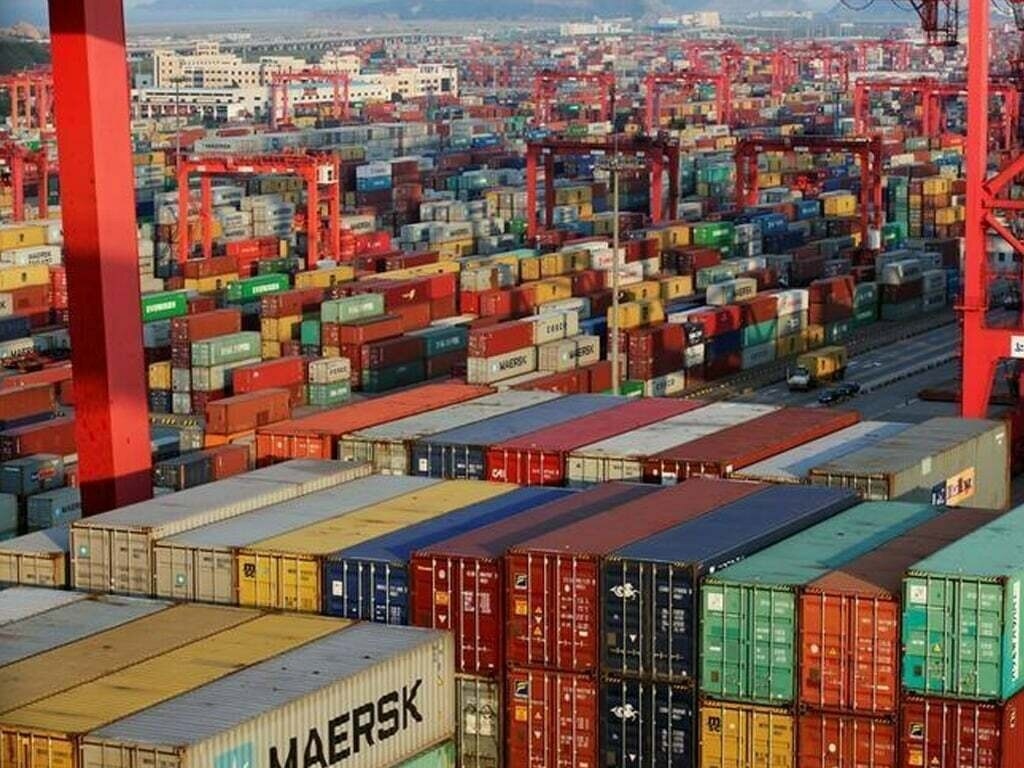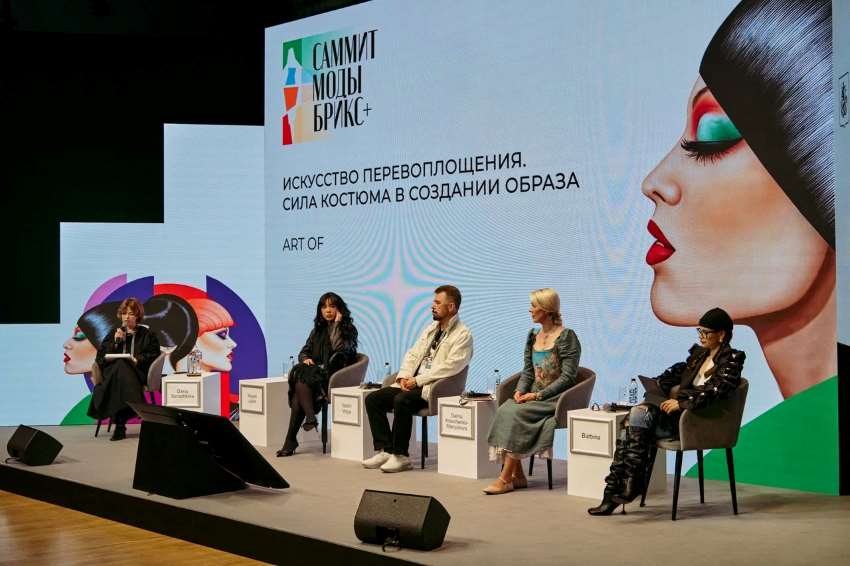"An average consumer buys four pairs of jeans a year in the US; in China’s Xintang province, a hub for denim, 300 million pairs are made annually. These figures could illustrate the harmful impact of denim manufacturing on the environment. And showcasing these effects, award-winning filmmakers David McIlvride and Roger Williams, have created a new documentary film, ‘The RiverBlue: Can Fashion Save the Planet?’ It is estimated that 70 per cent of Asia’s rivers and lakes are contaminated by the 2.5 billion gallons of wastewater produced by that continent’s textile industry."
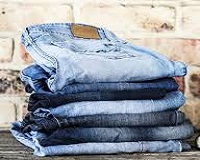
An average consumer buys four pairs of jeans a year in the US; in China’s Xintang province, a hub for denim, 300 million pairs are made annually. These figures could illustrate the harmful impact of denim manufacturing on the environment. And showcasing these effects, award-winning filmmakers David McIlvride and Roger Williams, have created a new documentary film, ‘The RiverBlue: Can Fashion Save the Planet?’ It is estimated that 70 per cent of Asia’s rivers and lakes are contaminated by the 2.5 billion gallons of wastewater produced by that continent’s textile industry. In scene after scene, the dark frothy spill off can be seen rushing out of dye facilities while a cadre of scientists and environmental experts detail the public health crisis that has resulted from the largely unregulated manufacturing process.
Loads of chemicals & counting
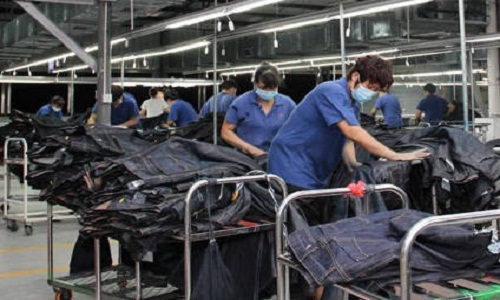
To get the desired look, denim is subjected to several chemical-intensive washes. Campaigners from Greenpeace, who tested the outflows near dyeing and finishing facilities in top denim producing towns of Asia, found five heavy metals (cadmium, chromium, mercury, lead and copper) in 17 out of 21 water and sediment samples taken from throughout Xintang one of the locales featured in the project. Toxic campaigners in China also discovered heavy metals like manganese, which can be associated with brain damage, in the rivers. These chemicals don’t stay put. They can also be transported to North American oceans, atmosphere and food chains and accumulate in places far away from their original source.
The change agent
The film poses a very pertinent question to viewers: Are brand-name clothing corporations disregarding the environment in their zeal to make clothes faster and cheaper for consumers? Offering a solution, the film illustrates through innovation and consumer education there can be change. In California, a designer was trying to re-establish himself as manufacturer of good jeans when director David McIlvride found him. He narrated an incidence that he led them to the Spanish company, Jeanologia where they distress jeans by engraving images on the fabrics with lasers (light and air) and eliminating water without increasing the cost. They are now considered a leading industry innovator.
Jeanologia now creates technology to treat and finish jeans (giving them a certain feel or aesthetic). The company started searching for ways to make garments in a more sustainable way. They have been dyeing clothes with water since the beginning of time and faced the reality that even though it had been done this way in the mass consumer world, it was not sustainable, explained Alex Penadés, Jeanologia. Jeanologia developed several technologies using light and air to finish jeans using little water and no chemicals.
Using these innovations, an average pair of jeans requires just a glass of water to finish when it used to require 300 litres. However, it requires a big capital investment. Depending on the business model the capital investment is made by the dyeing and finishing facilities or brands. Jeanologia has Environmental Impact software to measure the footprint of every style and brands know where they are and how they can improve. Three years ago, about 16 per cent of the jeans in the world were made in a sustainable way he says. Now 35 per cent of jeans are made sustainably and about six billion pairs of jeans are made a year so that means two billion pairs are now being made in a more sustainable way.
According to Penadés, brands have a choice to manufacture in a traditional way or a sustainable way. The water and energy of traditional production is costly and so is pollution. Today, including the capital investment, you can produce the same product at the same price. Brands can do it. If the consumer is aware, they have to request these kinds of products today. Consumers must also know what their impact on the environment is because of their acts of consumption. It’s all about co-responsibility.


